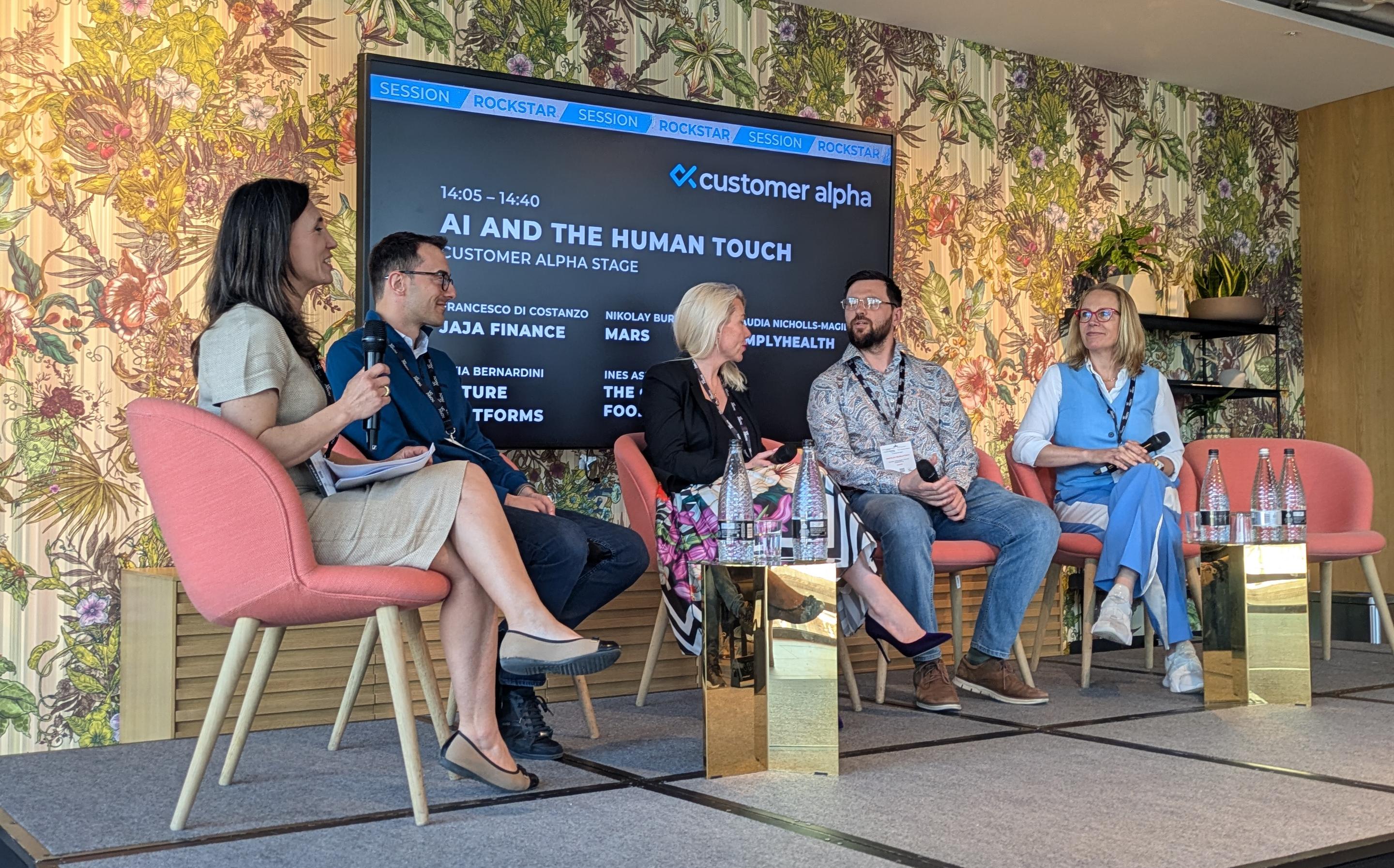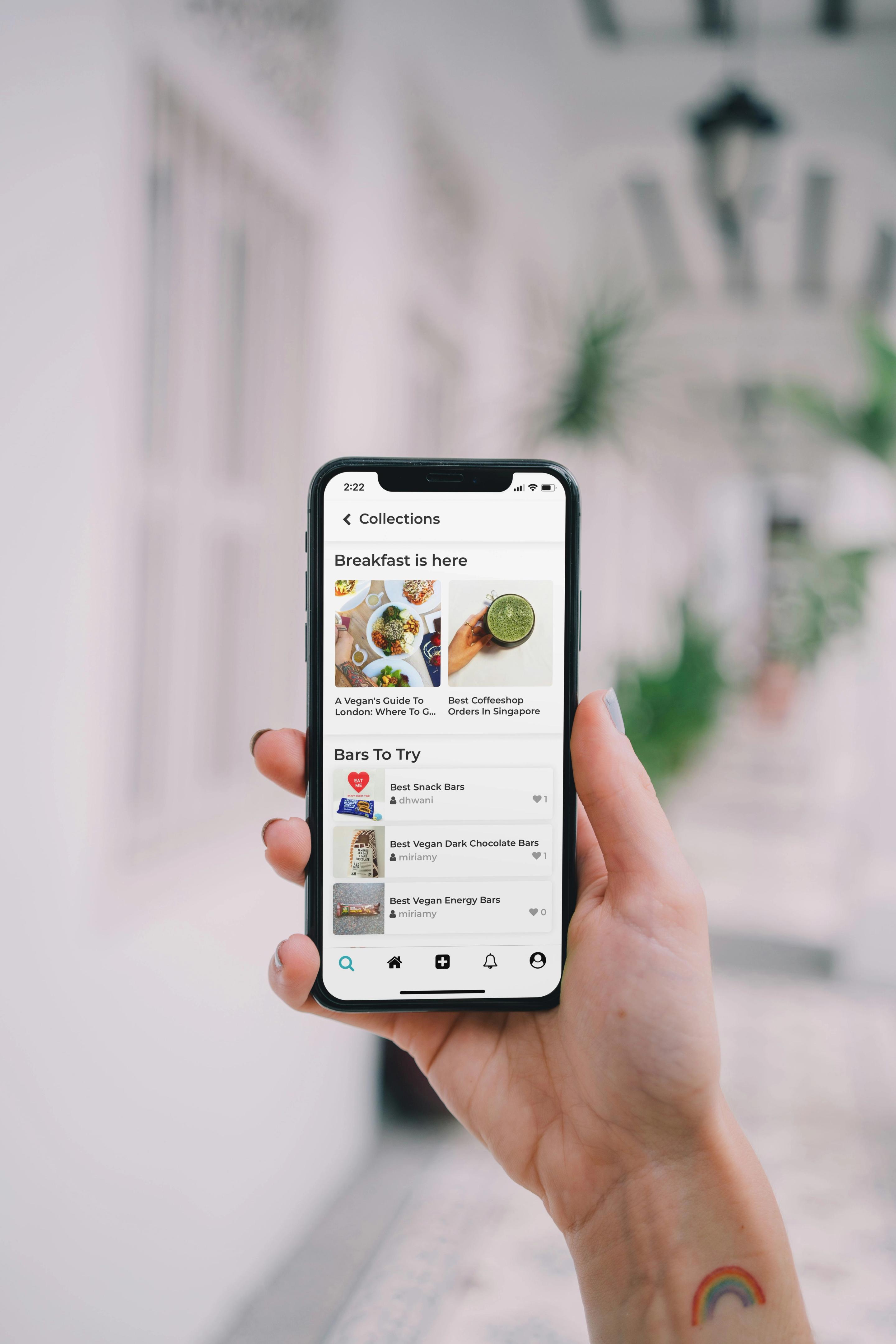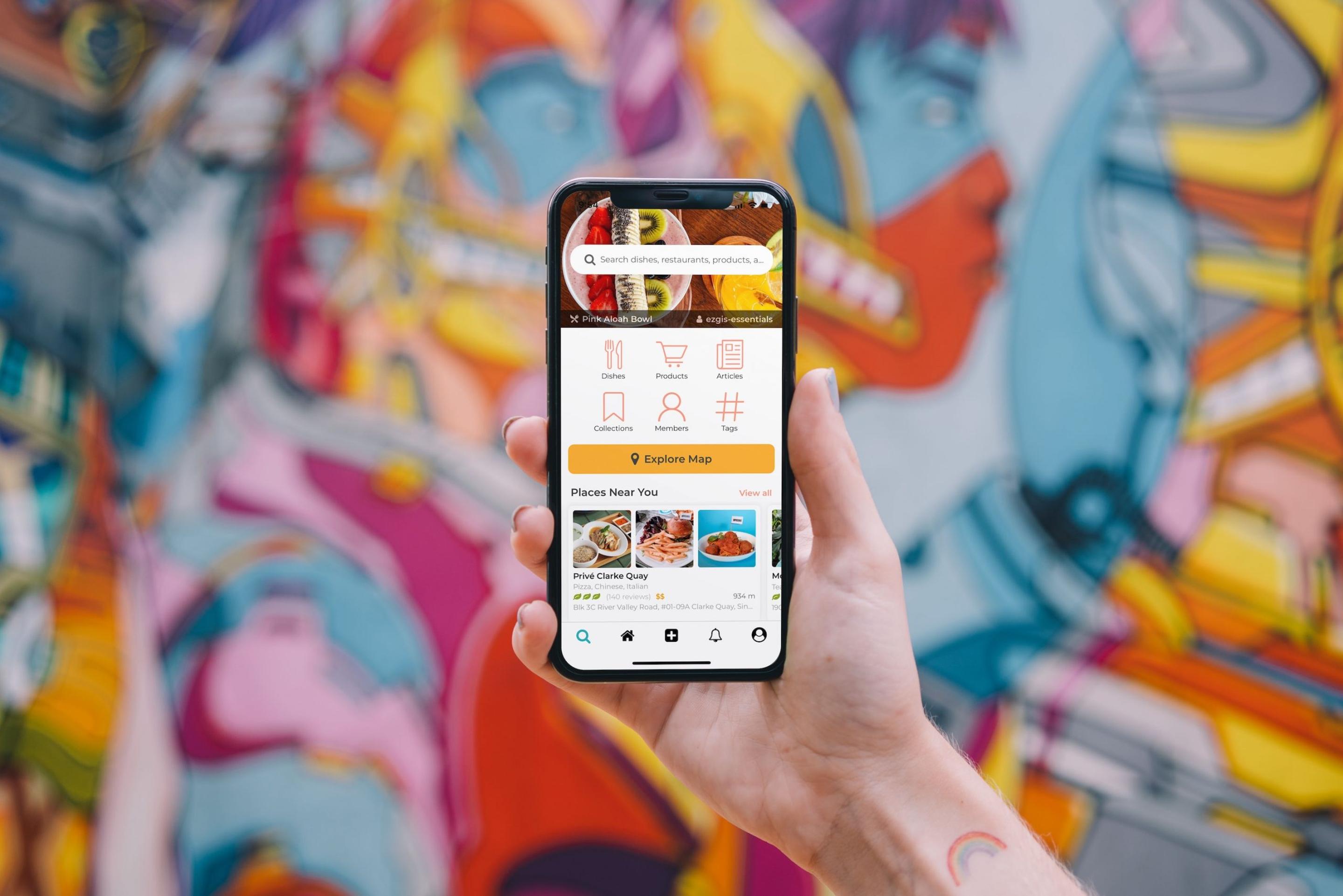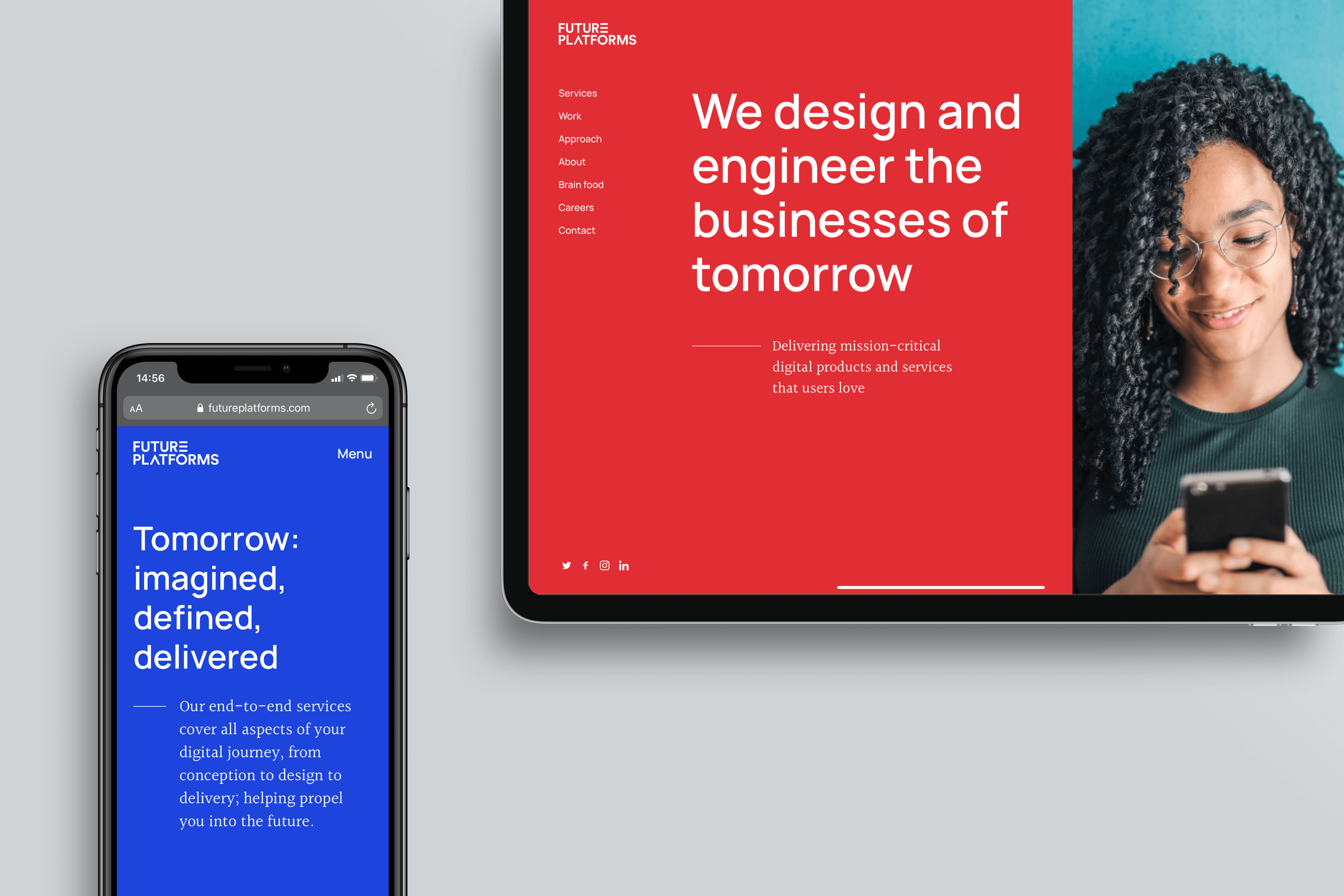Creating a Loyalty Solution That Works
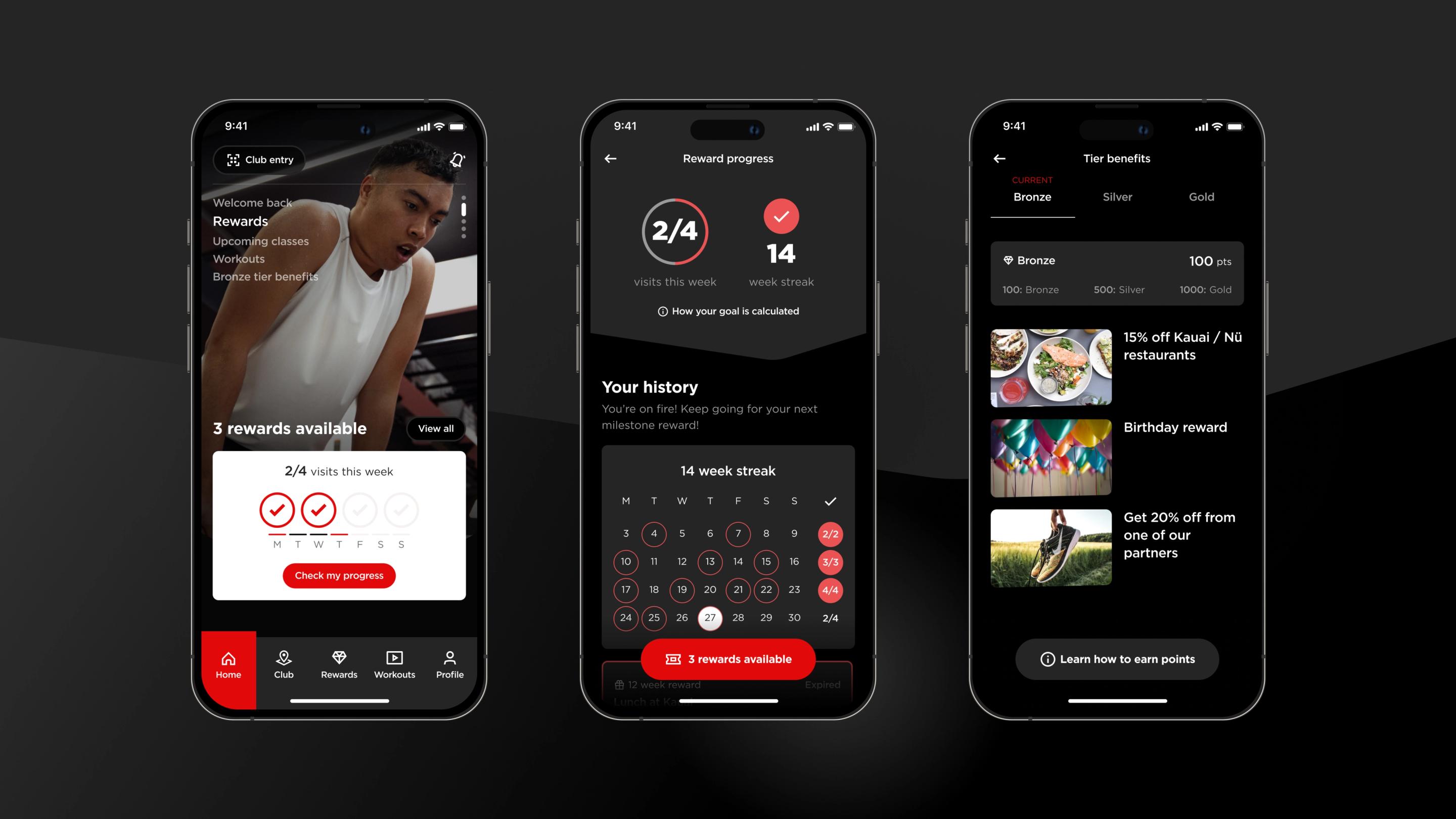
Building customer loyalty goes far beyond traditional rewards and discounts. Modern consumers expect loyalty programmes to be as engaging as they are valuable, with a tailored approach that reflects their preferences and offers real benefits. For businesses, designing a successful loyalty solution is no longer just about creating rewards, but also a lasting connection with the customer.
In this article, we’re taking a look at the essential elements of designing a loyalty solution that truly resonates with customers and drives sustainable value for your business. From understanding customer behaviour and leveraging data, to creating seamless experiences across platforms, we’ll break down how to make loyalty the centrepiece of your brand’s growth. We’ll also delve into why building emotional connections and personalising your rewards are key to retaining customers and building advocates for your brand.
Understanding Customer Behaviour: The Foundation of Loyalty
A successful loyalty programme begins with a deep understanding of your customers’ preferences, motivations, and behaviours. This means you need to gather data that goes beyond demographics, tapping into psychographics – such as interests, purchasing patterns, and engagement levels. One way to do this is by using analytics tools to monitor customer interactions and identify trends that help you to build out different types of rewards and programme structures.
For example, if your customers frequently shop online and use mobile devices, a mobile-first programme with real-time notifications and rewards updates could offer them the convenience that they’re after. On the other hand, if your customer base is more interested in exclusive experiences, building VIP rewards or offering early access to new products can help to create a buzz.
By identifying the behaviours that drive loyalty in your audience, you can create a programme that feels relevant, timely, and rewarding, helping to develop those important connections with your brand.
The Power of Personalisation: Rewarding Individuality
Today’s consumers expect tailored experiences, and loyalty programmes are no exception. Personalised rewards show customers that your brand sees them as individuals rather than just another number in the system – so perhaps offering discounts on their frequently purchased items, recognising special dates (such as birthdays or anniversaries with the brand), or creating rewards based on past purchases.
Personalisation can even extend to how customers earn and redeem points. You could think about allowing flexibility in reward tiers or points allocation – such as giving points for social media engagement, completing surveys, or referring friends. The more personal and flexible your programme, the more likely your customers are to engage with it.
Seamless User Experiences: Loyalty without friction
A loyalty programme is only as effective as its ease of use. If you want your customers to be engaged and feel the value of your programme at every touchpoint, seamless experiences are absolutely essential. A clunky, confusing interface or overly complicated redemption process can quickly turn a potential advocate into a frustrated customer.
A smooth, frictionless experience means making it easy for customers to join, understand, and benefit from your loyalty programme. Features such as one-click enrolment, instant rewards, and accessible redemption options can be great for improving the user journey. Integrating the programme with existing digital platforms – like mobile apps or social media – can also encourage customers to engage with the loyalty programme in the places they already spend their time.
Data-Driven Decision-Making: Using Insights to Evolve Your Programme
The success of any loyalty programme lies in its ability to evolve with changing customer preferences and behaviours. Regularly analysing programme data can be great to help you track which rewards, features, and engagement tactics are working best with your audience, identifying trends and making continual enhancement to keep people interested.
For example, tracking which rewards are redeemed the most can help you understand what types of incentives your customers find most attractive, as well as examining engagement rates across different customer segments. This can highlight which groups are most engaged, where there’s room for some improvements, and how to attract more people into the programme.
Building Emotional Connections: Loyalty That Goes Beyond Rewards
While practical incentives are important, the most successful loyalty programmes also build emotional connections between brands and customers. Emotionally engaged customers are more likely to stay loyal, even when competitors offer similar or even better rewardS – and brands that go the extra mile to create meaningful experiences and create a sense of community are often the ones with the best performing loyalty solutions.
There are a few different ways you could go about trying to build this connection with your audience. This could include recognising customer loyalty milestones, engaging with customers on social media, or involving them in brand storytelling. Offering customers a voice in shaping your programme, like voting on new rewards or providing feedback, can also be really beneficial when it comes to building up their sense of belonging and investment in your brand.
Best Practices for Designing a Winning Loyalty Programme
To make sure your loyalty solution is robust and effective, you might want to consider some of these best practices:
Measuring Success: The Role of Data and Feedback
To understand the success of your loyalty solution, you’re going to need to evaluate its impact. To do this, it’s vital to set clear KPIs to track metrics like customer retention, purchase frequency, and programme engagement. You should also get feedback directly from your customers, whether that’s through surveys, focus groups, or just informal feedback on your social platforms. This can be absolutely invaluable when it comes to making improvements and providing meaningful value to your customer base.
Download the Digital Loyalty Index
If you’re looking for ways to take your loyalty offering to the next level, download our Digital Loyalty Index. This is full of comprehensive insights into what makes a loyalty solution truly effective, giving you the benchmarks, strategies, and tools you need to build a loyalty programme that drives sustainable growth and keeps your customers coming back.

